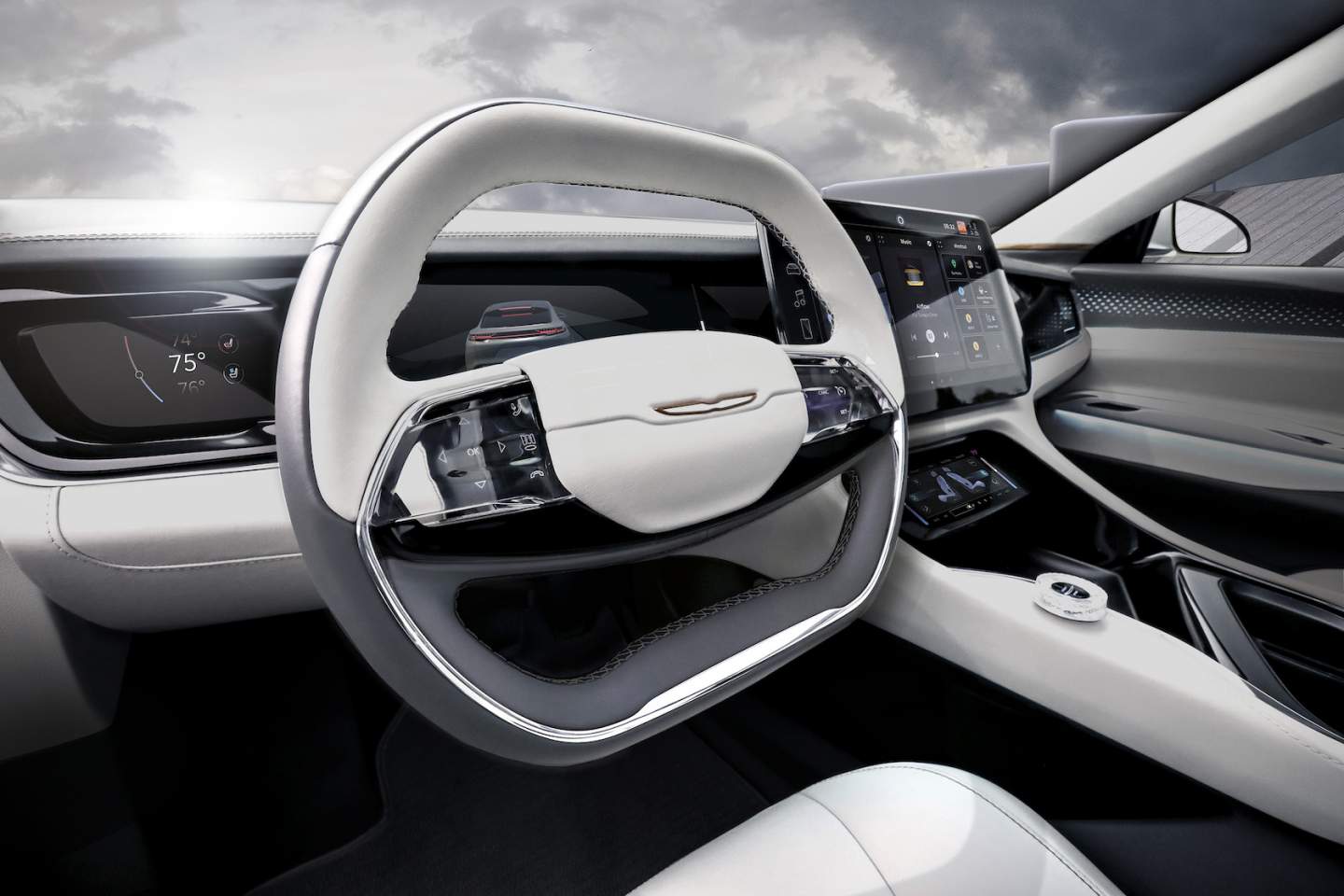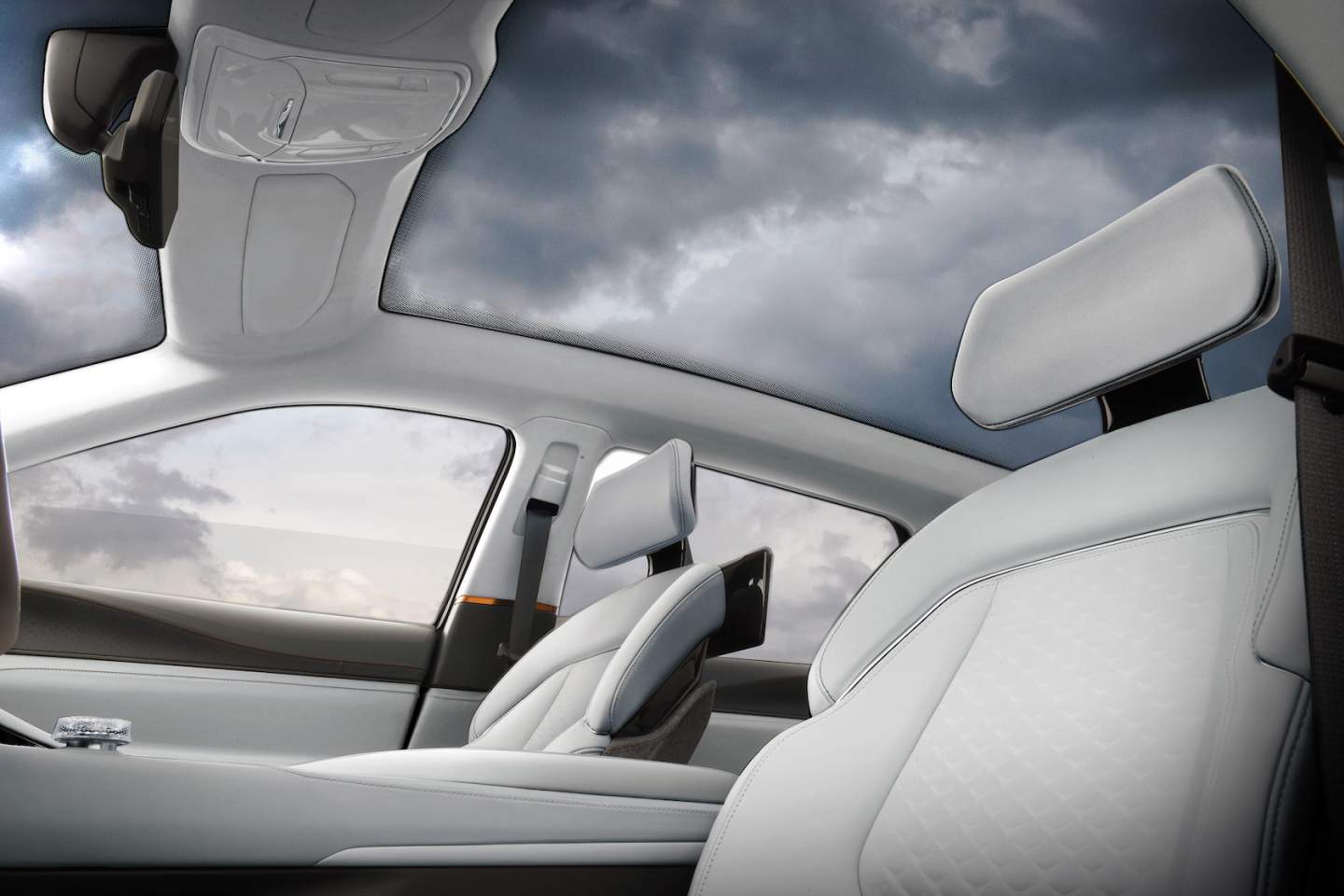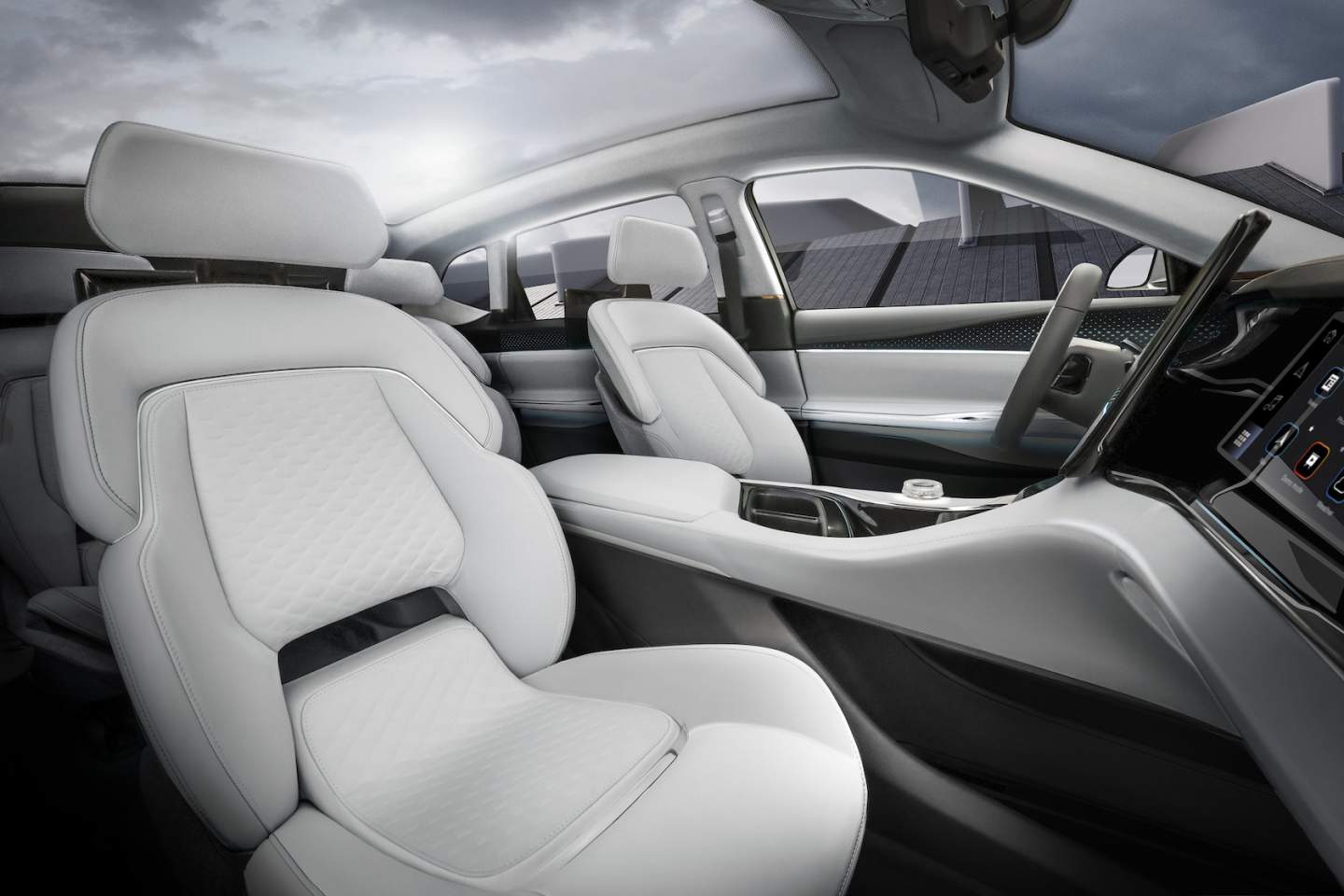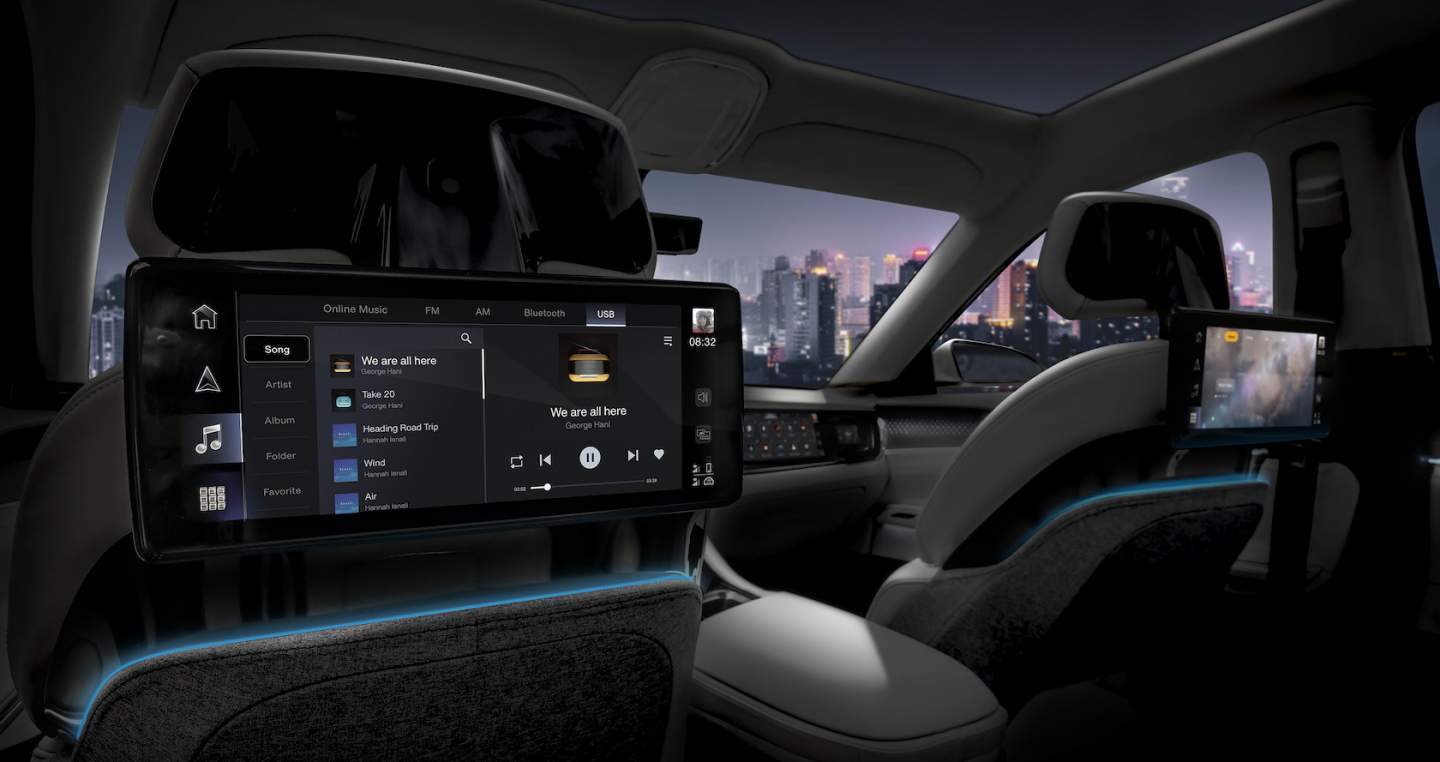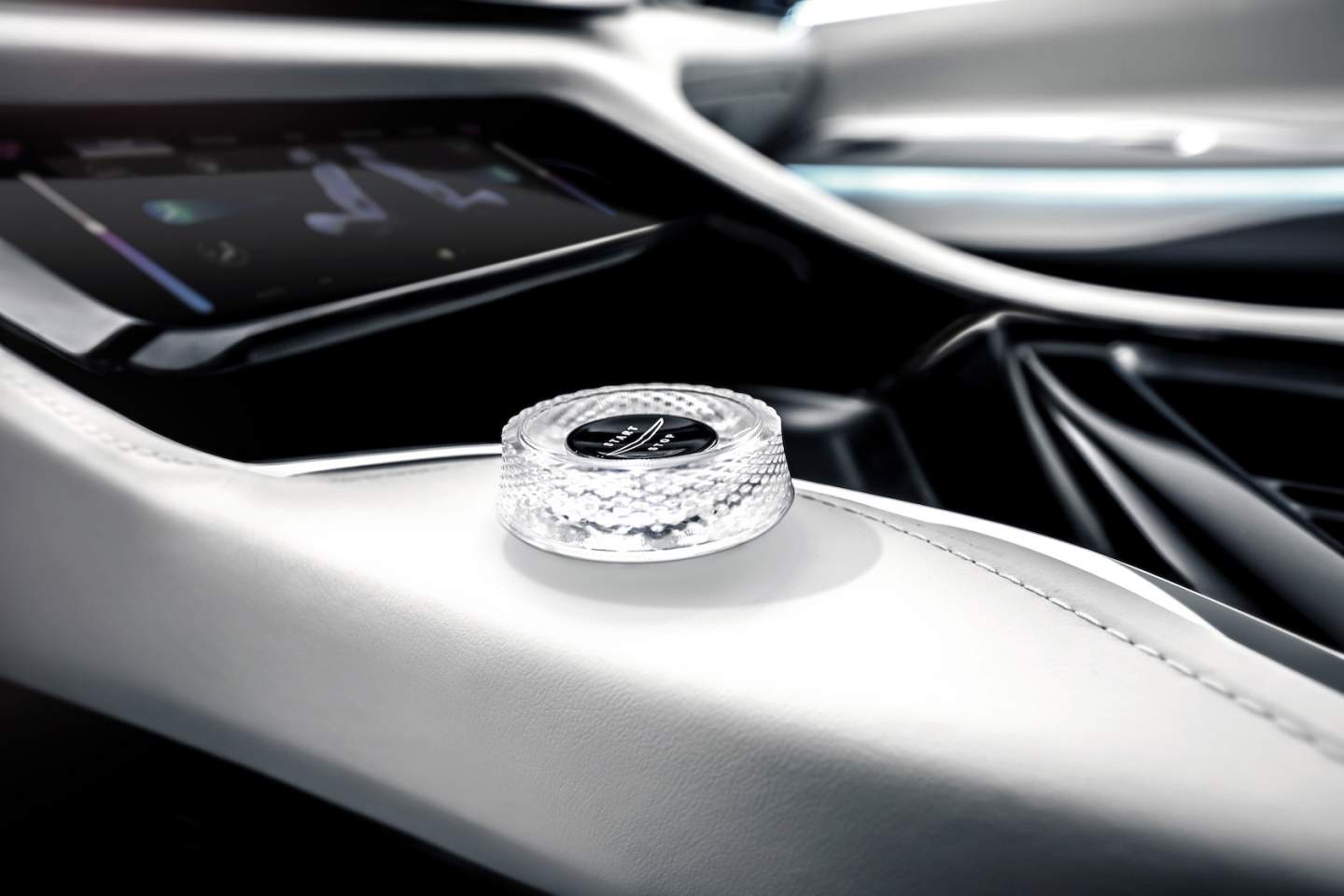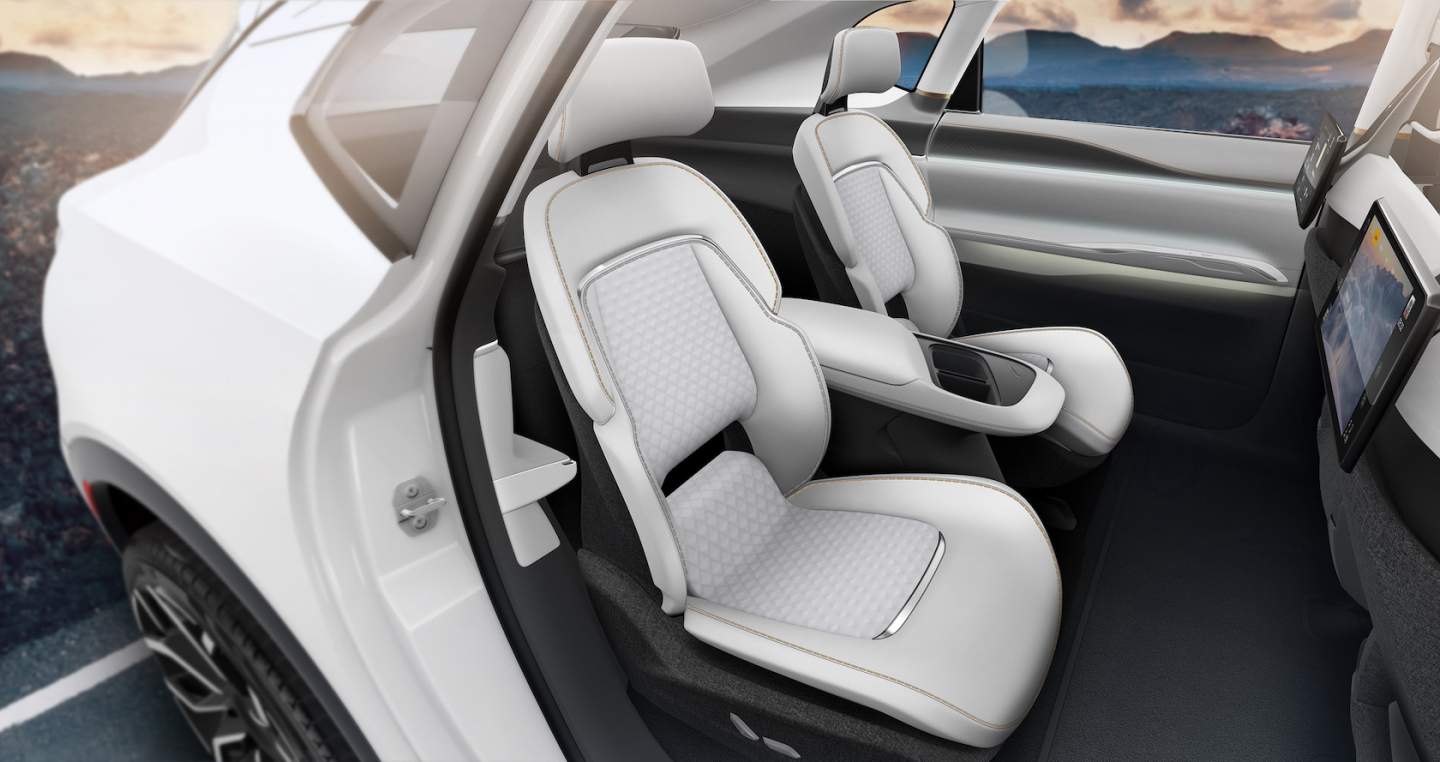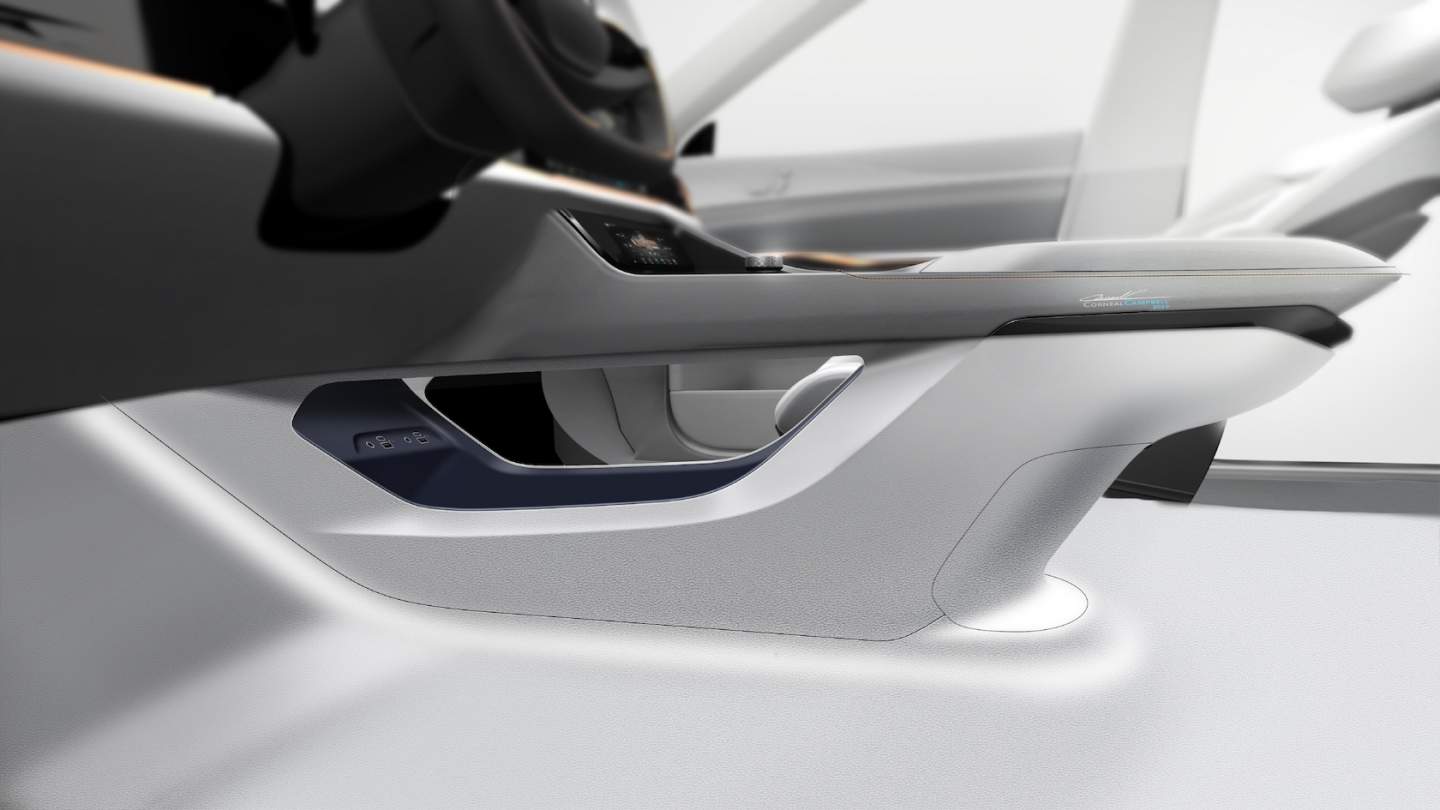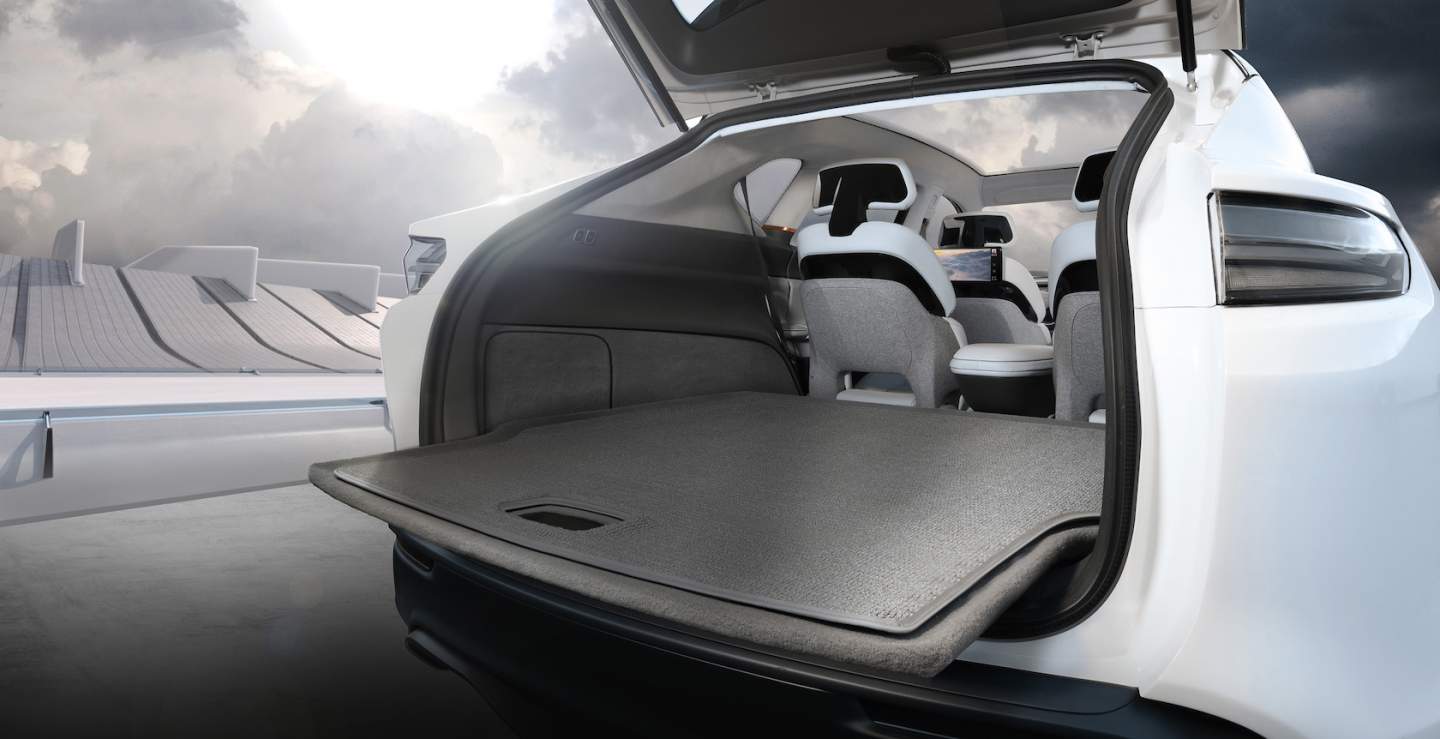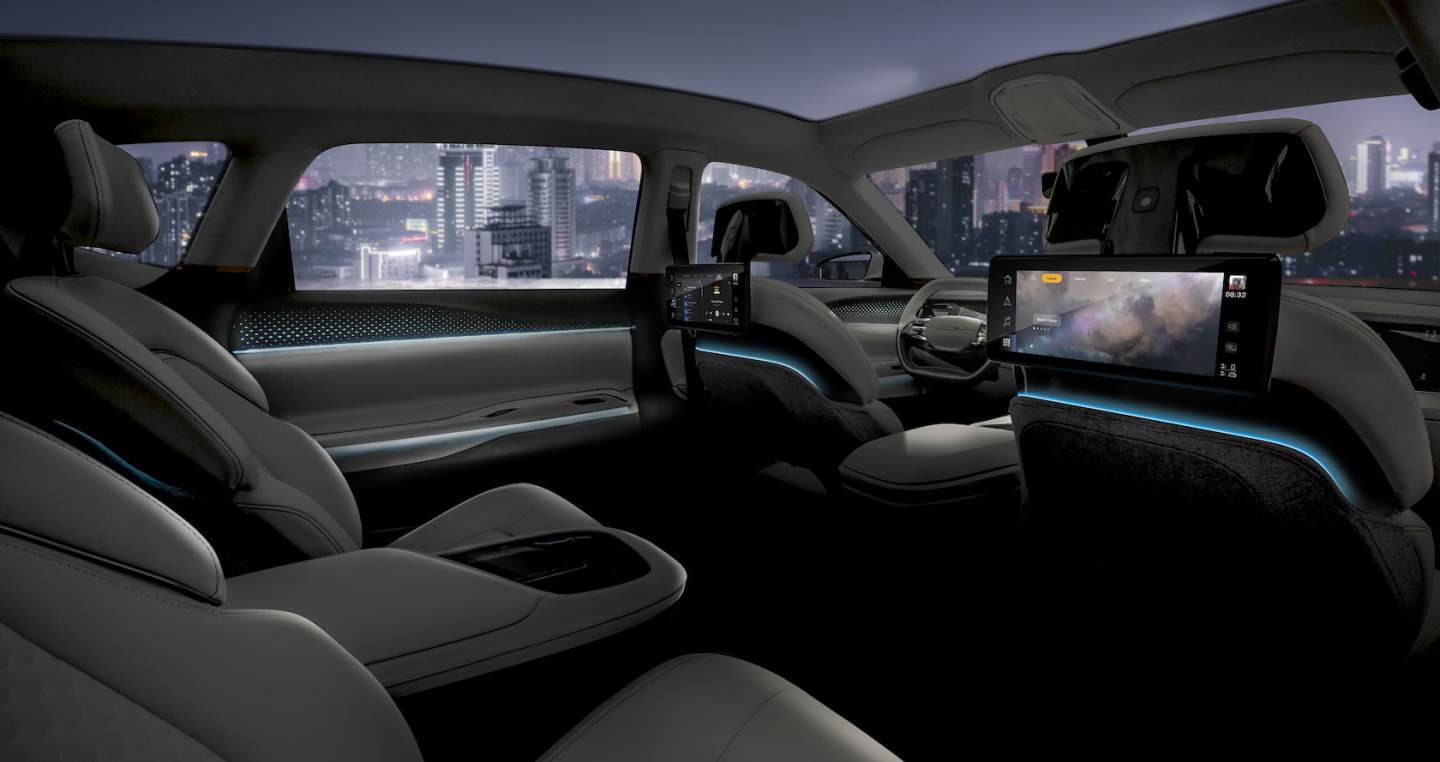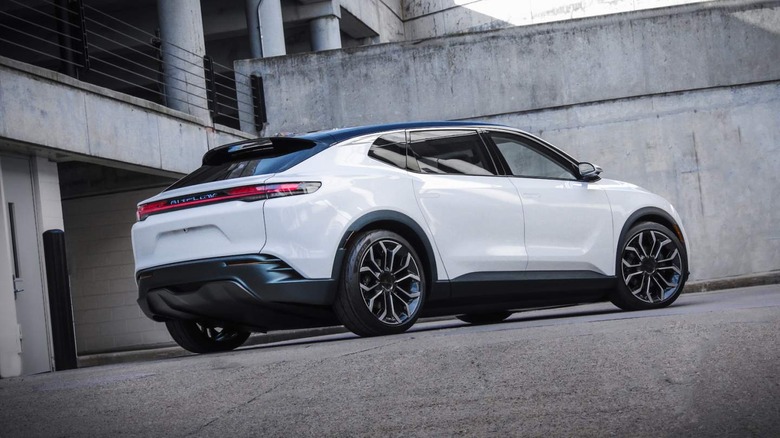Chrysler Airflow Concept previews a key 2025 EV
Chrysler is getting ready to join the EV party, and while the automaker's first all-electric production car won't arrive until 2025, it's using CES 2022 to give us a taste of what that might look like. The Chrysler Airflow Concept won't necessarily be the Stellantis company's first EV, but the 350-400 mile, dual-motor platform drops some strong hints of what we can expect.
It's fair to say Chrysler – and Stellantis in general – hasn't exactly been forging too many new roads with electrification in the US. Though there are a sprinkling of plug-in hybrids across the various nameplates – like the Jeep Wrangler 4xe and Chrysler Pacifica Hybrid – and even some big promises from Dodge to go electric, actual BEVs are conspicuous by their absence on dealership forecourts.
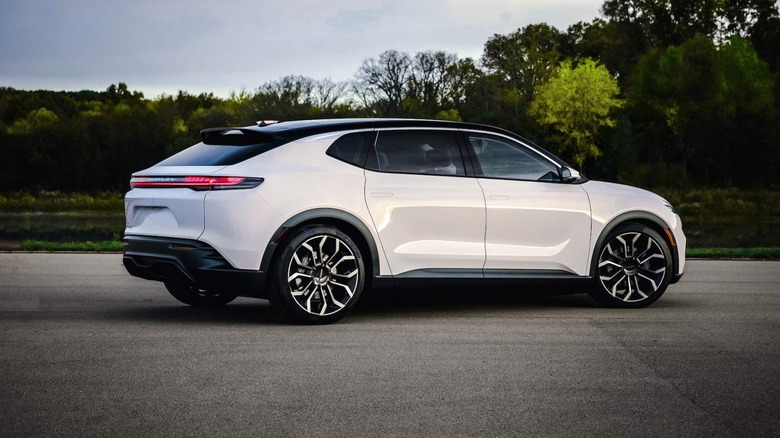
The Airflow Concept, then, isn't just Chrysler's vision of future electrification, but part of a new promise to be more aggressive in the segment overall. By 2028, the automaker said today, all of its new vehicles will be electric. Indeed, Chrysler "will serve at the forefront" of Stellantis' EV transition.
Chrysler Airflow Concept
Where others have gone for SUVs for their first foray into electric, Chrysler's Airflow straddles what we think of a crossover and of a fastback. The automaker says the "low ride height and streamlined, two-tone roof line" help it with aerodynamics and thus range, and it's actually larger than it might look in images. Those wheels, for example, are a hefty 22-inches in size.
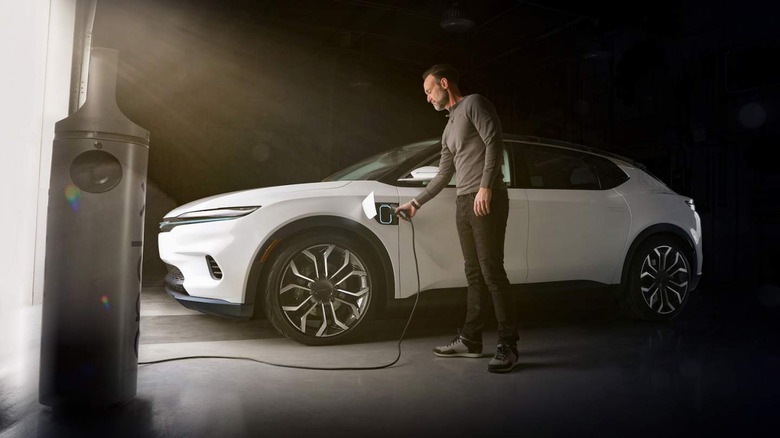
As with some of the hybrid Stellantis models, Chrysler has used electric blue as an accent color on things like the body cladding. The Chrysler Wing log is integrated into an illuminated bar that spans the Airflow Concept's fascia, while there's a matching crystal LED taillight too. Each can show different welcome, departure, and charge animations.
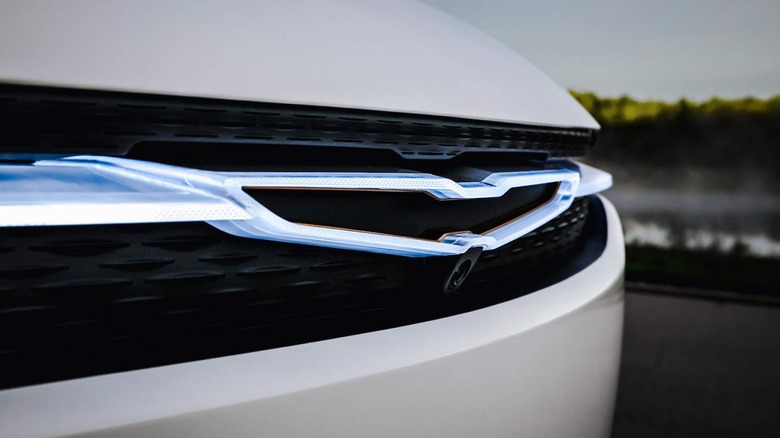
Chrysler isn't saying how big a battery it envisages fitting to the Airflow Concept, but does suggest that an EV like it could realistically achieve 350 to 400 miles of range on a charge. That's when powering twin 150 kW electric drive motors – one up front, one at the rear, for electric all-wheel drive – though, again, there's the possibility for changes there too. More potent motors for extra performance is one option, Chrysler suggests.

Meanwhile, there'll be Level 3 driver-assistance, at least as the automaker envisages it. That's not true self-driving in all situations, but would allow the Airflow Concept to pilot itself in select situations, typically when on pre-mapped highway sections.
STLA Brain is the backbone to the EV
Rather than one of Chrysler's existing platforms, the Airflow Concept relies on a new electronics architecture that the automaker is calling STLA Brain. It's designed with over-the-air (OTA) updates in mind, bringing new features without necessarily requiring hardware changes. One day, Chrysler suggests, the driver-assistance system could get an OTA update to move beyond Level 3 support.
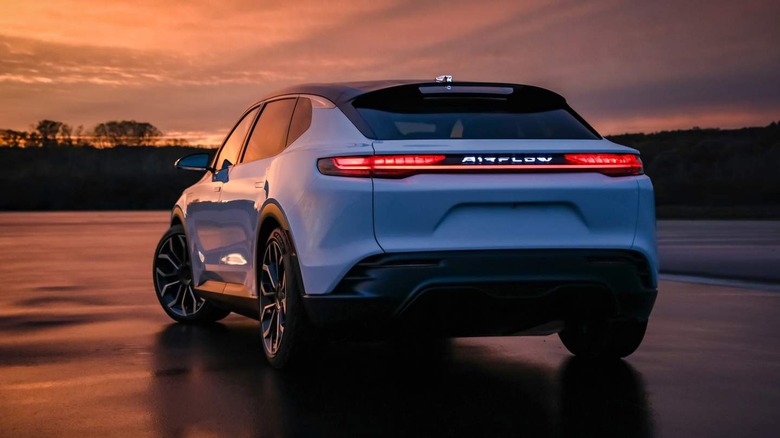
It's also what powers the STLA SmartCockpit, a new infotainment system that spans the multiple displays in the Airflow Concept's cabin. Each seat, for example, gets its own camera for video calls; information can be shared between displays and passengers with a swipe.
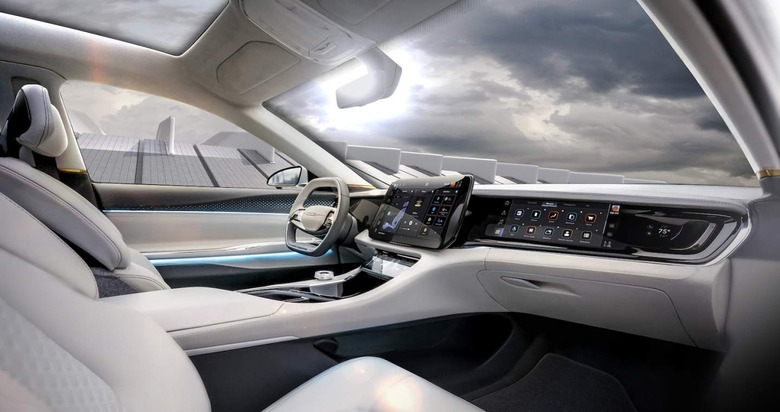
There's a big central touchscreen up front, with a smaller touchscreen underneath it devoted to HVAC, seat adjustment, and other cabin comfort controls. The driver then gets a display of their own for the virtual instrumentation, while the front seat passenger has a screen directly in front of them.
In the second row, each seat has an individual touchscreen mounted on the front seatbacks. Chrysler makes plenty of use of touch-sensitive buttons too, hidden in the control panels until they're illuminated and active. The end result is familiar and clean, and unusually close to what you might expect to see in a production vehicle rather than in some far-fetched concept car.
For the Airflow Concept, the promise of a big EV future
That practicality is, of course, part of Chrysler's big pitch here. After all, any automaker – or design studio – can whip up an outlandish concept vehicle to grab headlines. Actually convincing people that they're finally taking electrification seriously is a much tougher challenge.
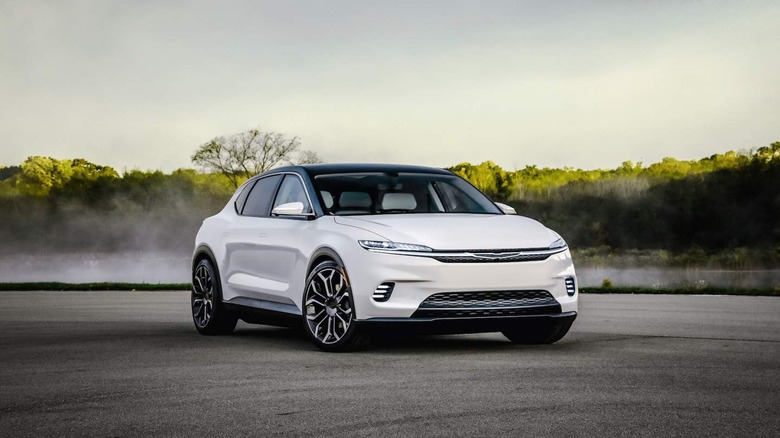
Vegetable-tanned leather, recycled materials for the floor mats and carpets, and a general emphasis on how to be greener today rather than at some nebulous point in the future is the key, then, to making the Airflow Concept a believable precursor to Chrysler's big eco upheaval. By the time the automaker's first BEV actually does go on sale, it'll be playing catch-up by no small measure. If, however, Chrysler and Stellantis more broadly can learn from rivals' missteps, price its EV aggressively, and deliver on its range promises, potential owners may be willing to overlook its tardy arrival.

